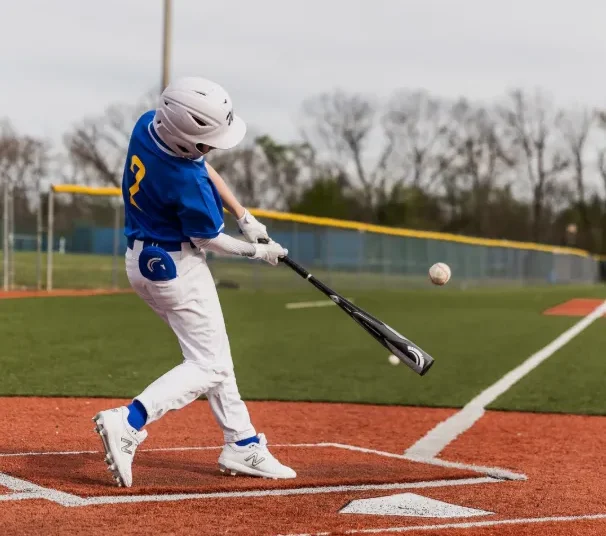Hitting a baseball has long been considered one of the toughest challenges in all of sports. As Ted Williams once said, it’s not just about timing a swing—it’s about reacting to pitches that vary in speed, location, and movement. Even the smallest flaw in rhythm or mechanics can turn a solid hitter into an easy out. That’s where hitting drills come into play. They allow players to refine their mechanics, regain timing, and rebuild confidence at the plate.
The Hidden Complexity of a Baseball Swing
From the outside, a baseball swing might seem straightforward. But for anyone who has spent time in the batter’s box, it’s clear that it’s anything but simple. There are countless moving parts—hand placement, hip rotation, stride timing, pitch recognition—and all of them must align perfectly for consistent contact.
Because there are so many factors at work, identifying what’s off in your swing can be difficult. You might know that something doesn’t feel right, but isolating the specific problem is another challenge altogether. That’s why focused hitting drills are so valuable—they let you target one area at a time and build better muscle memory through repetition.
Using Drills to Fix Swing Problems
Batting practice helps you see results in real time, but it’s not always ideal for correction. When a flaw creeps in, the key is to break your swing down and work on the problem in isolation. That’s what drills are designed for.
For example, during spring training, I noticed I was hitting too many fly balls—easy outs that kill momentum. To fix it, I spent a few mornings doing a high-tee drill. By focusing on driving a high pitch on a straight line to the back of the cage, I trained myself to make more solid, level contact. Within a few days, that adjustment started showing up in my regular batting practice sessions.
The takeaway? Once you identify the weakness in your swing, find a drill that targets that specific issue—and keep at it until it becomes second nature.
Why Batting Tee Work Still Matters
Some players underestimate the value of hitting off a tee, but it’s one of the best ways to gain control over your swing. In a live game, there are countless variables—pitch type, speed, and placement—that you can’t control. But when you use a tee, it’s all about your mechanics and rhythm.
This level of control allows you to focus on correcting mistakes without distractions. Once your swing feels consistent off the tee, you can move on to soft toss or regular batting practice. That gradual progression helps your adjustments stick when it’s time to face live pitching.
Personalizing Your Hitting Routine
There’s no single drill that works for everyone. What helps one player fix a flaw might not do anything for another. The best approach is to tailor your drills to your swing and your current challenges.
One of my college coaches had a great system—he analyzed every player’s swing on video and assigned each person two specific drills to focus on that week. Some players kept the same two drills all season; others switched as their swings evolved. The point was simple: train with purpose, not just repetition.
If you’re rolling over on pitches, try drills that help you keep your front shoulder closed longer. If you’re pulling off the ball or losing backspin, work on drills that tighten your hands to your body and improve hip rotation. In my case, focusing on the high-tee drill helped eliminate unnecessary lift and get me back to driving line drives.
Final Thoughts: Quality Reps Over Quantity
The right hitting drills can transform an inconsistent swing into a powerful, efficient one. But it’s not just about putting in hours—it’s about putting in smart hours. Every rep should have intent. Find drills that fit your swing, focus on your weaknesses, and practice them correctly and consistently.
Hard work will always be the foundation of improvement, but purposeful, well-structured drills are what turn that effort into real progress at the plate.













